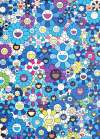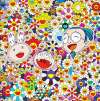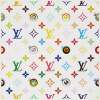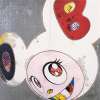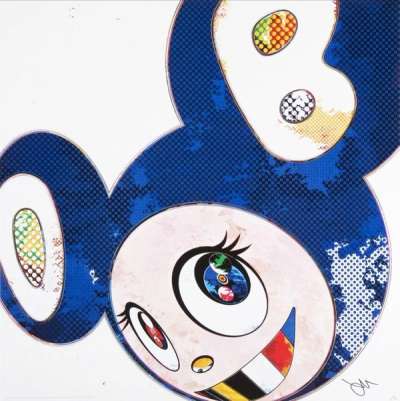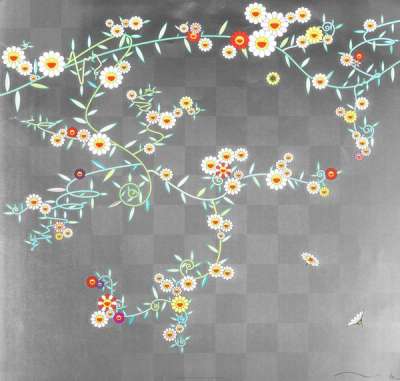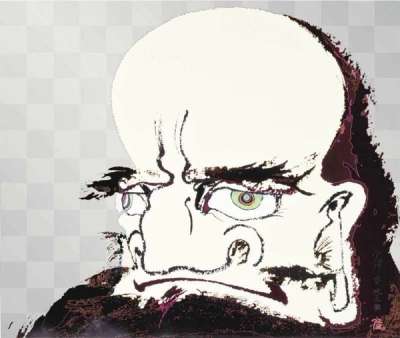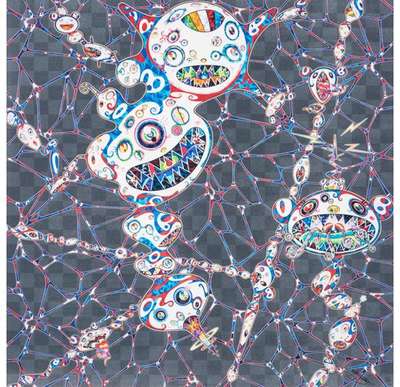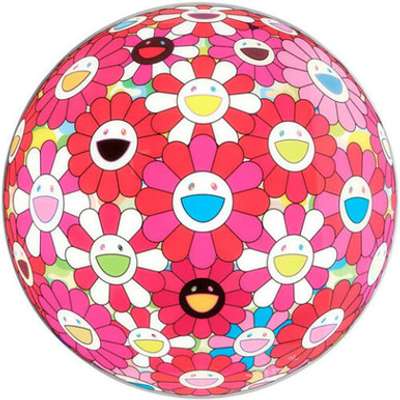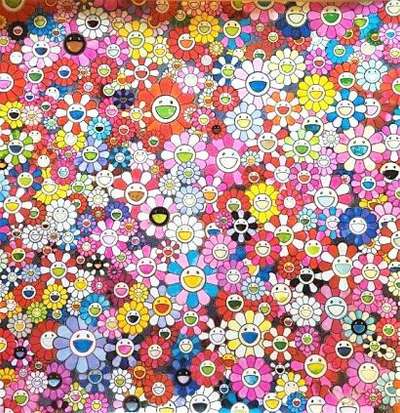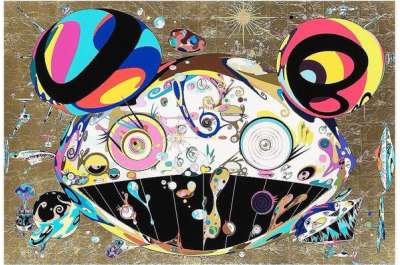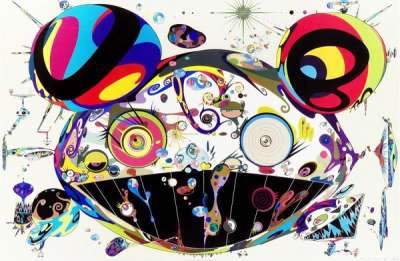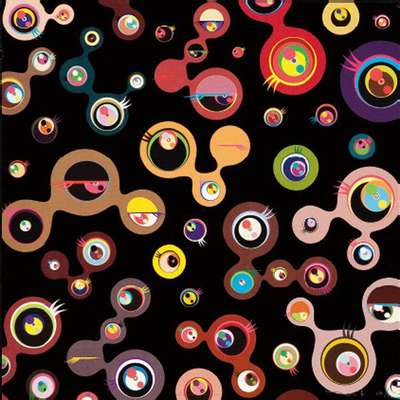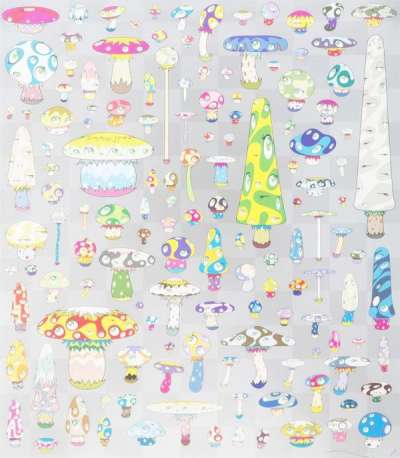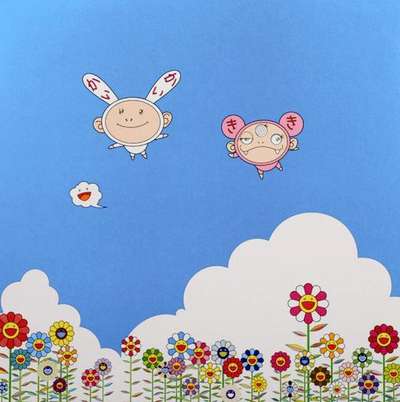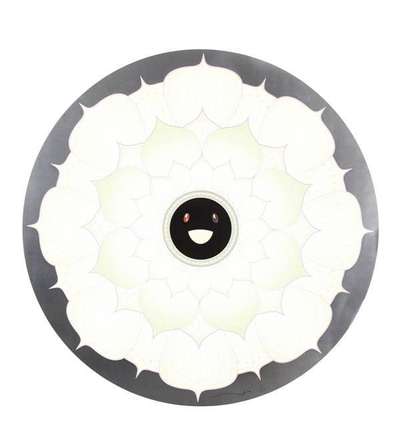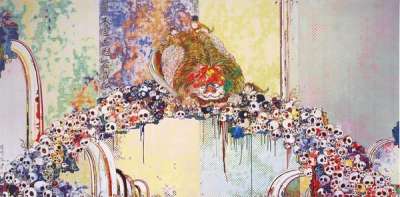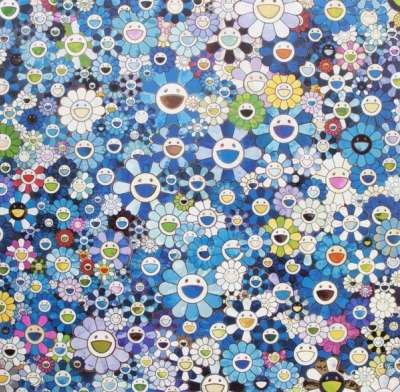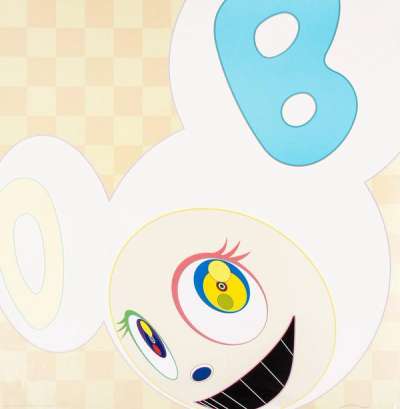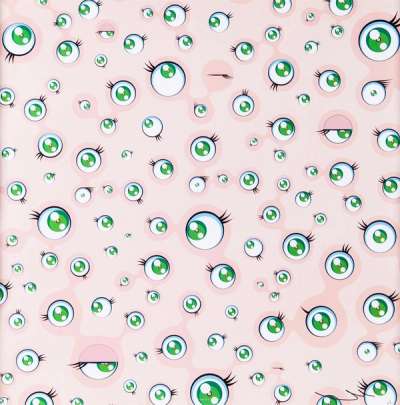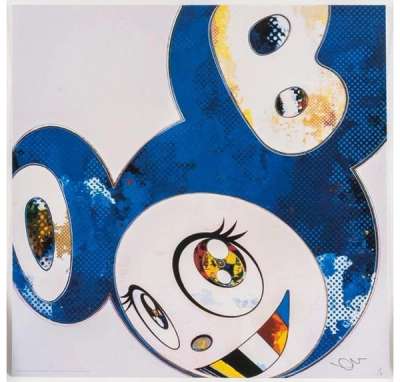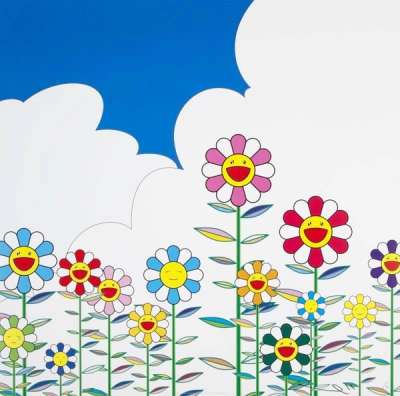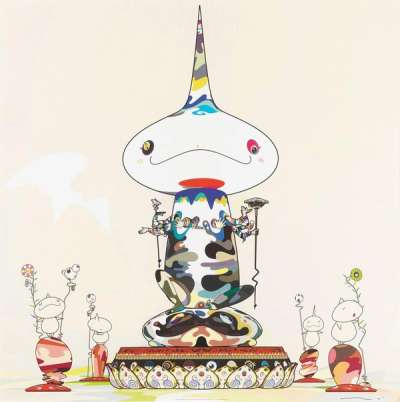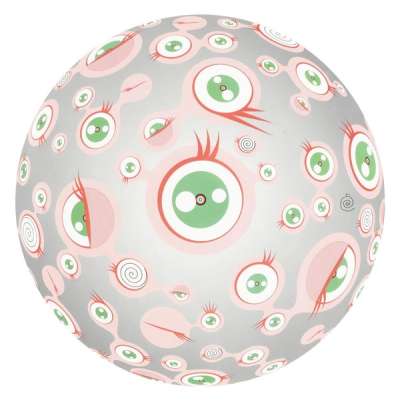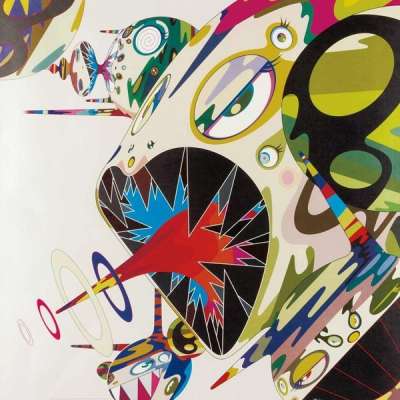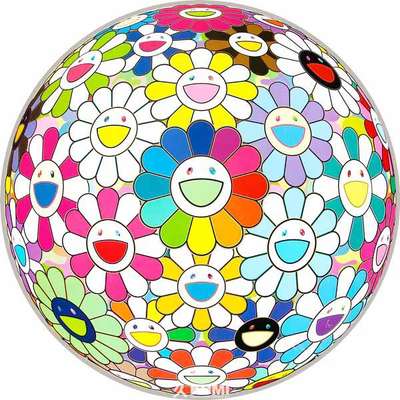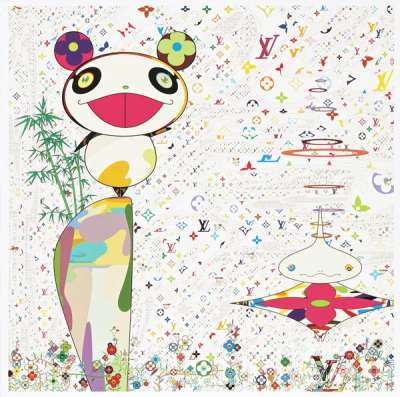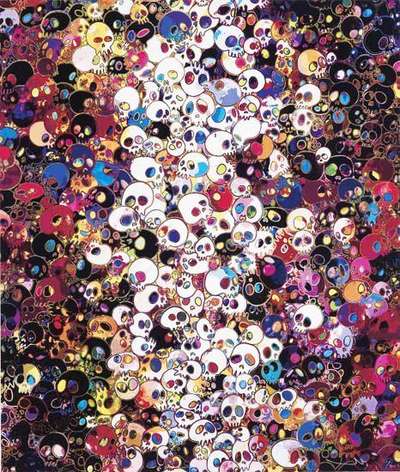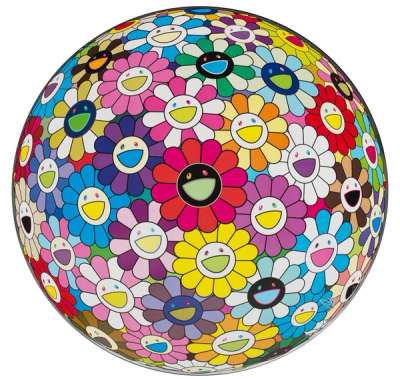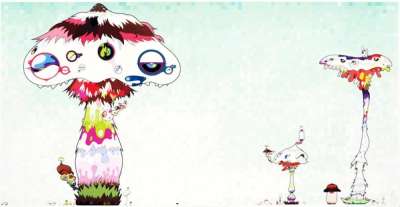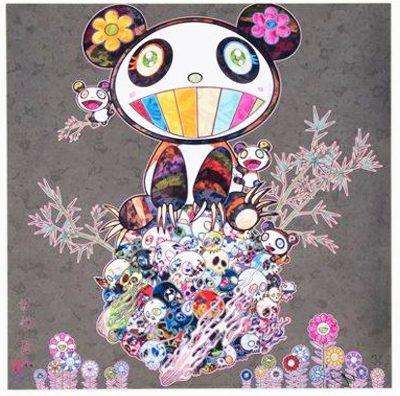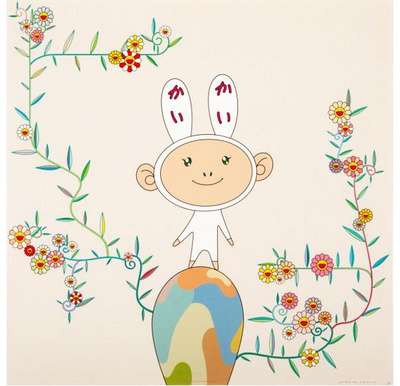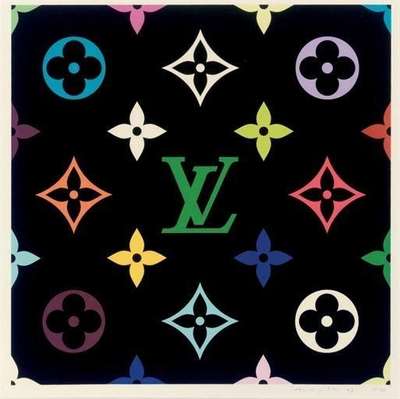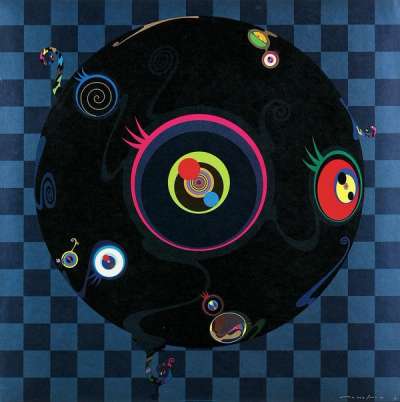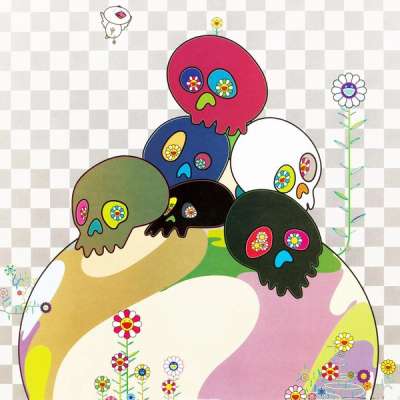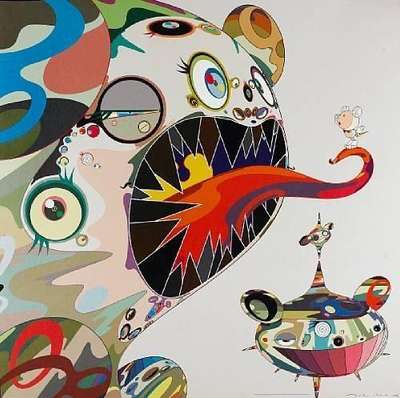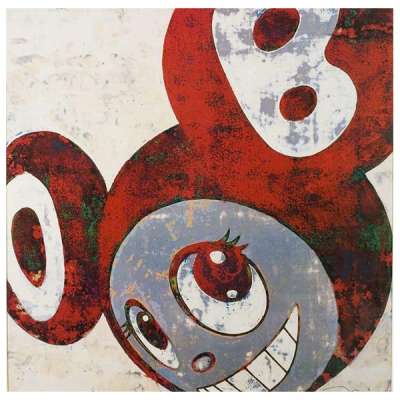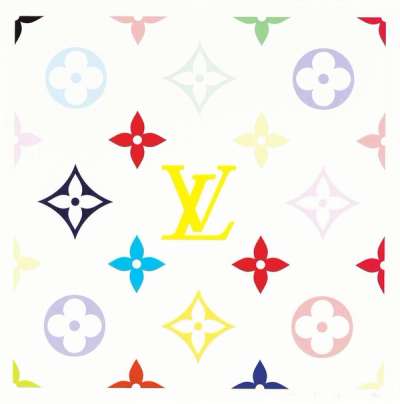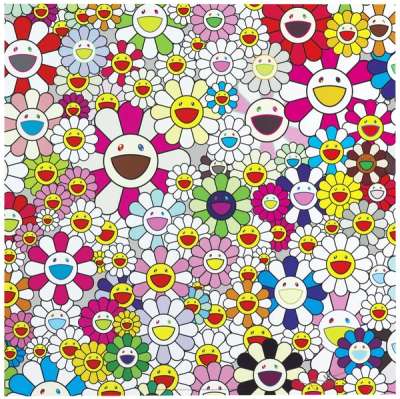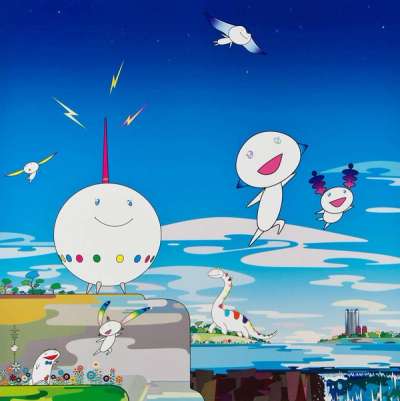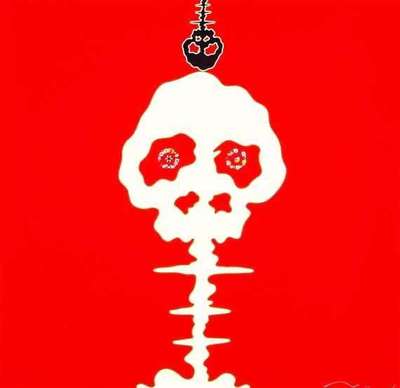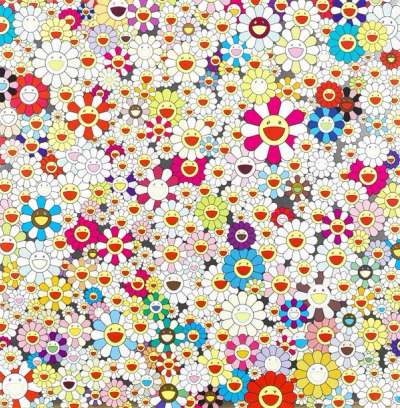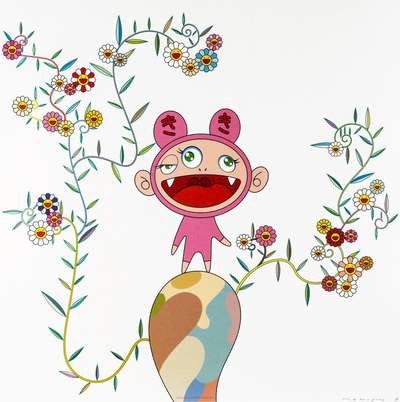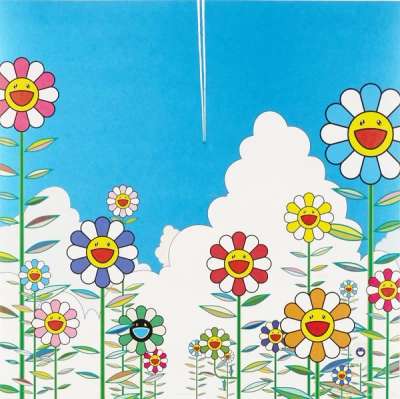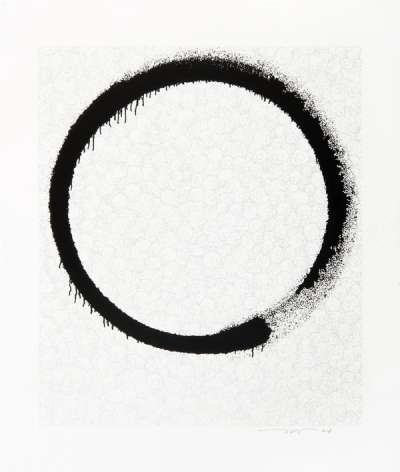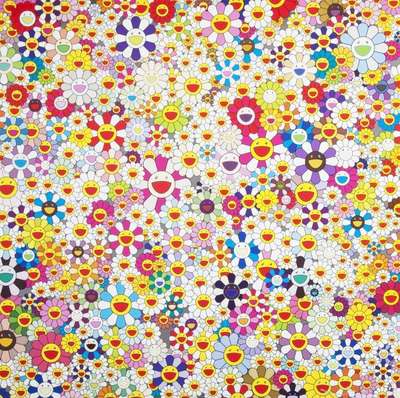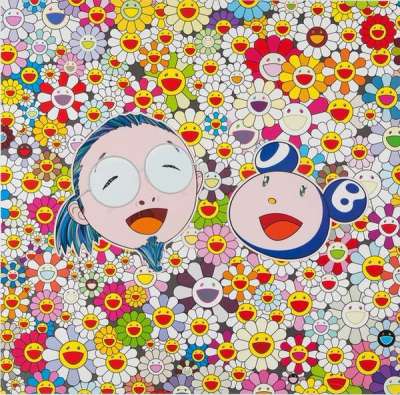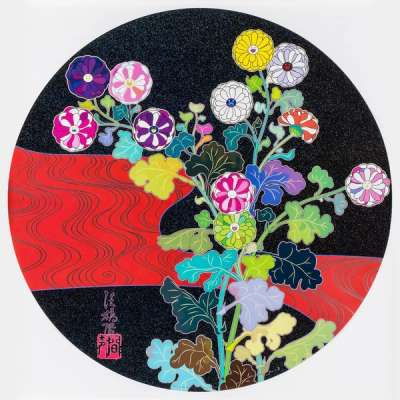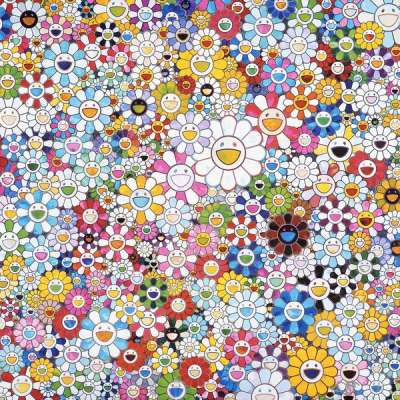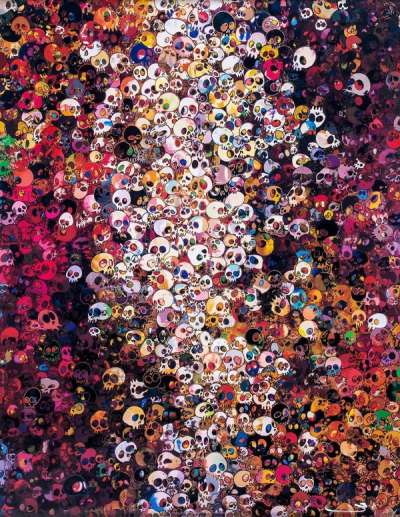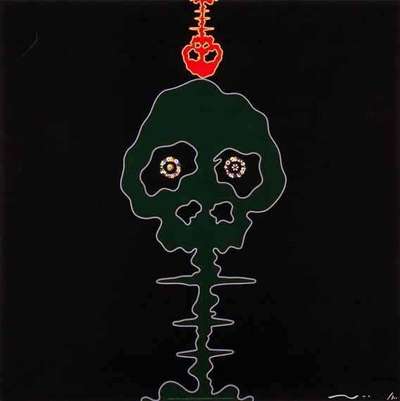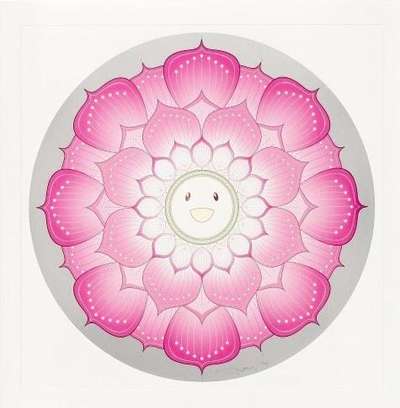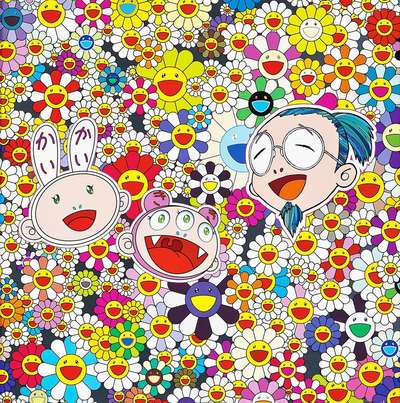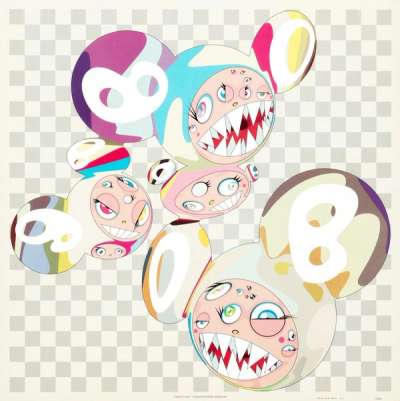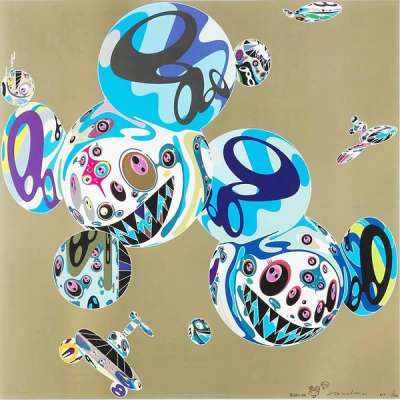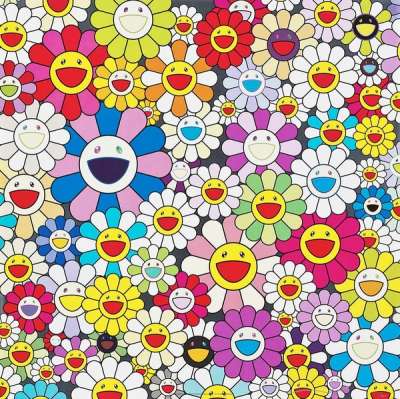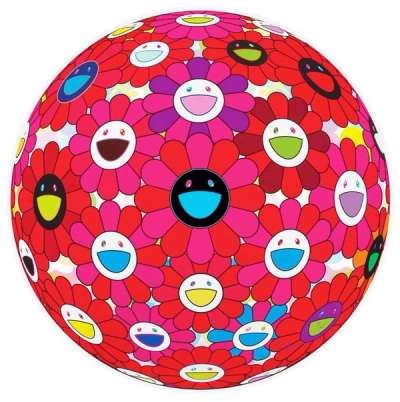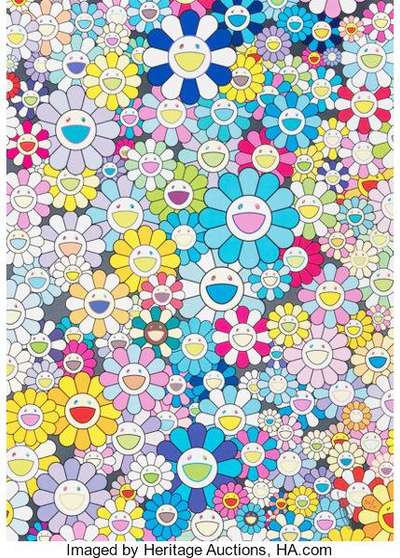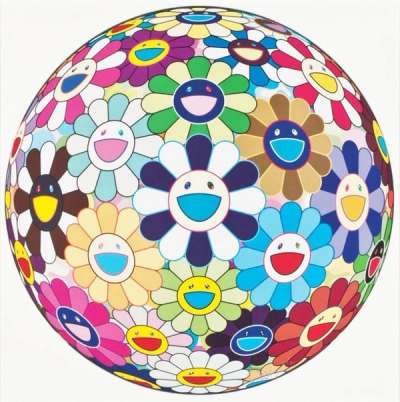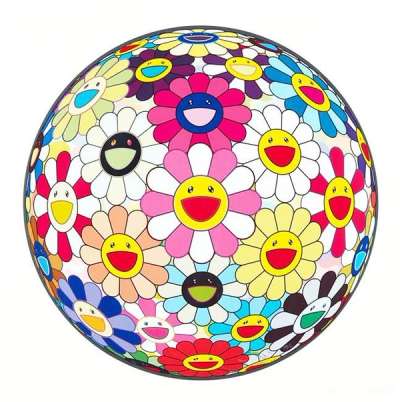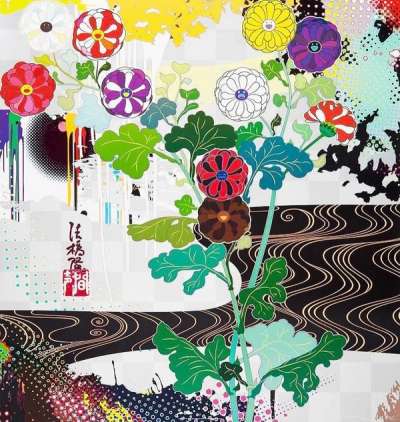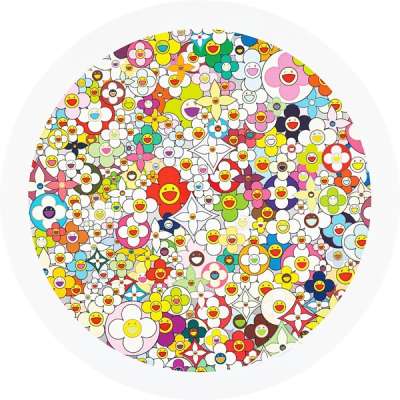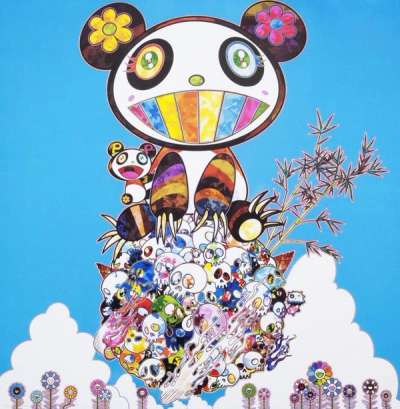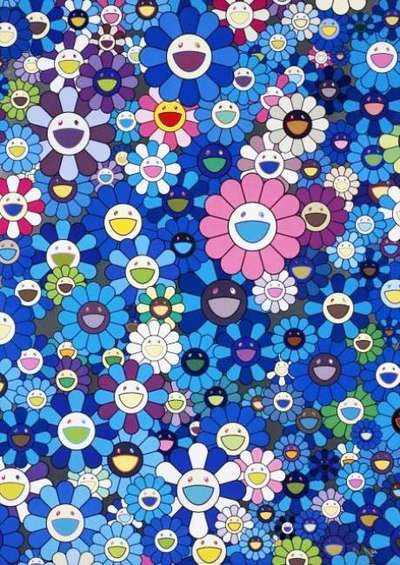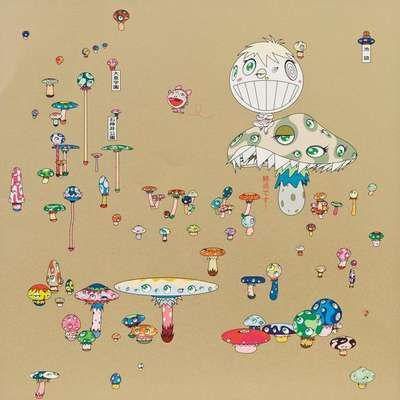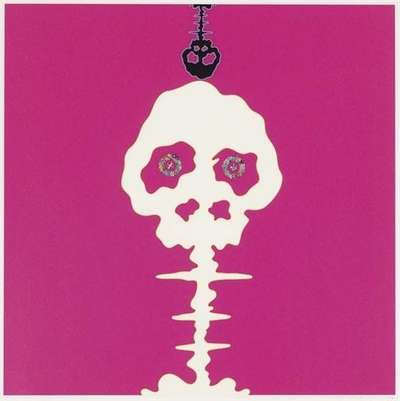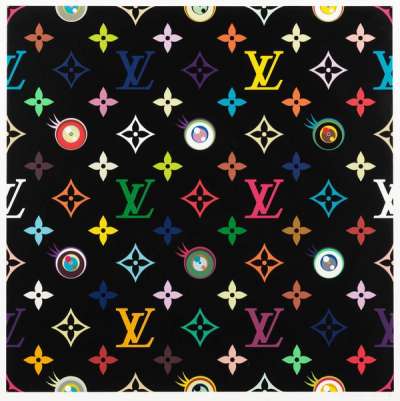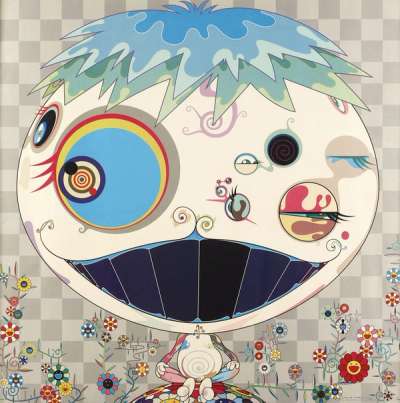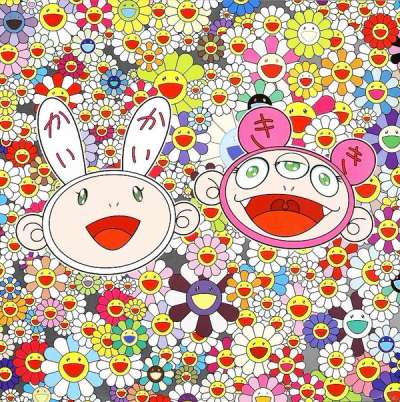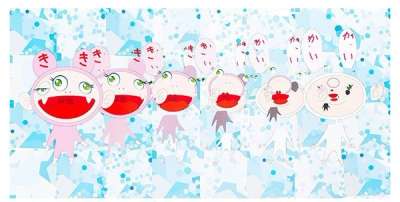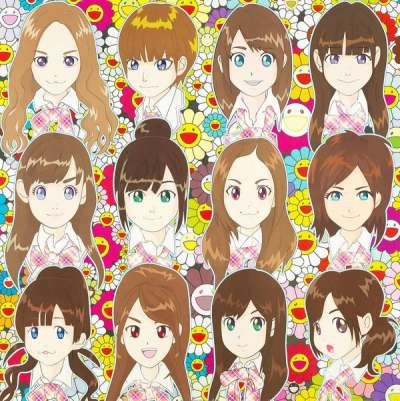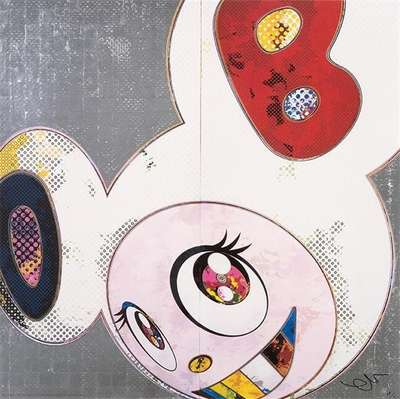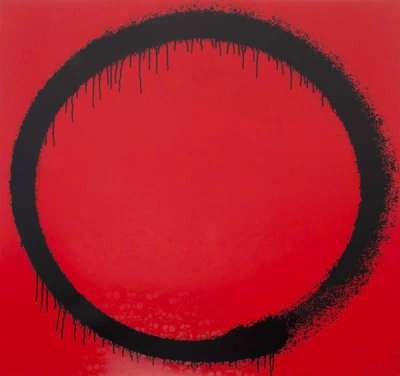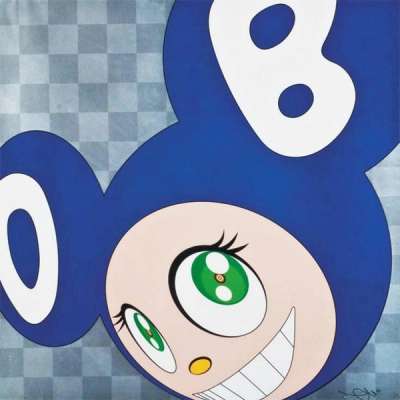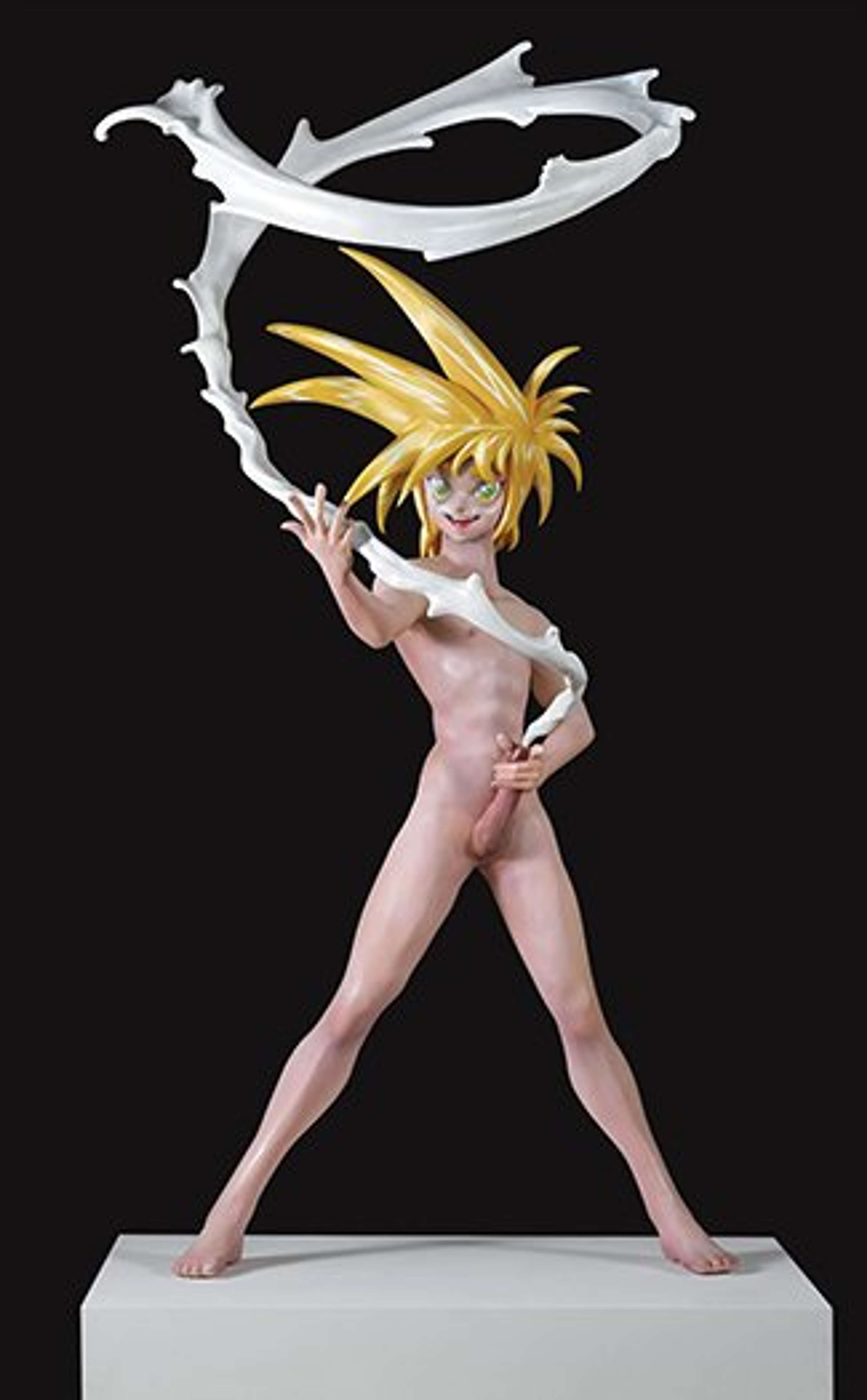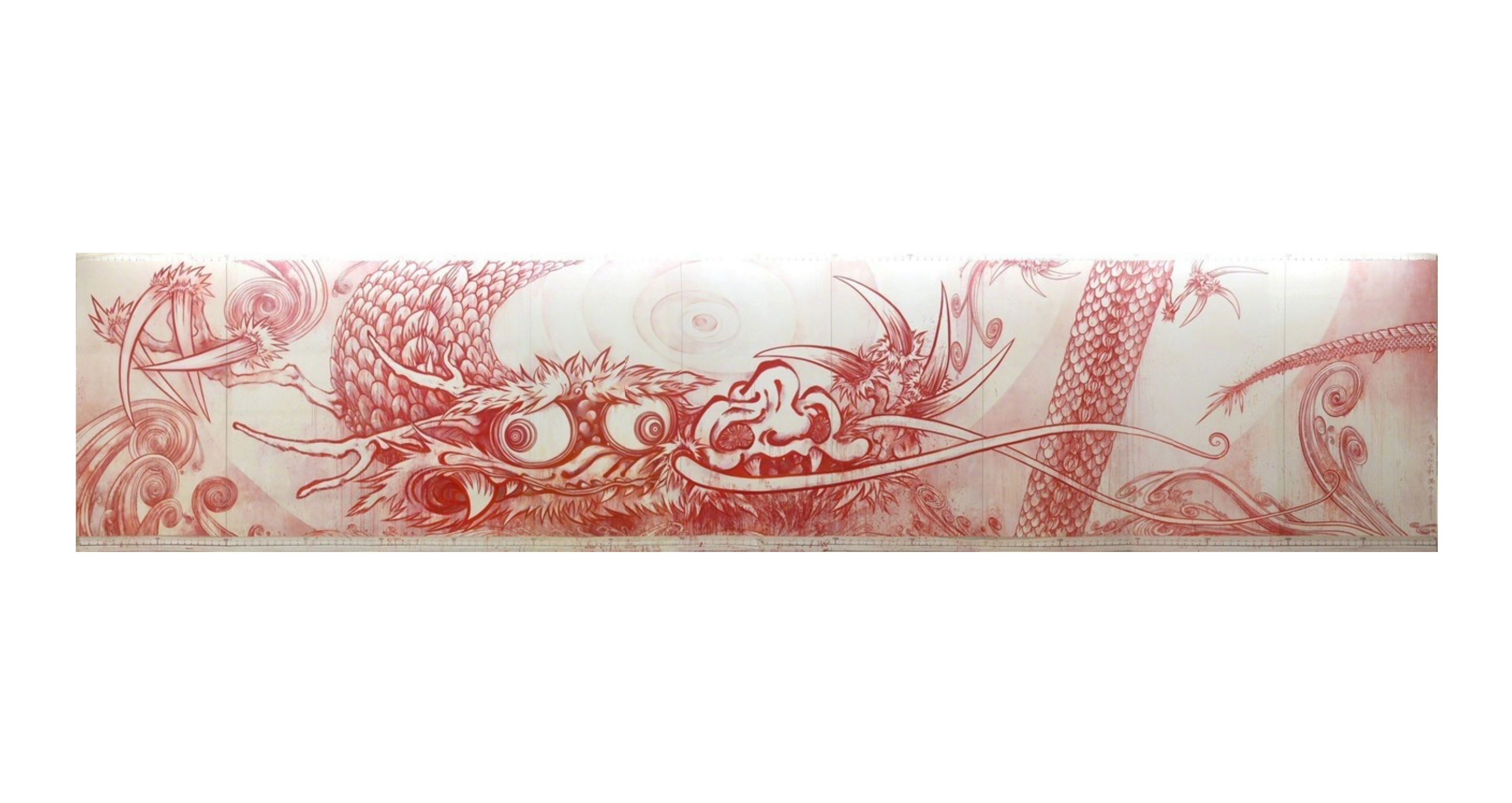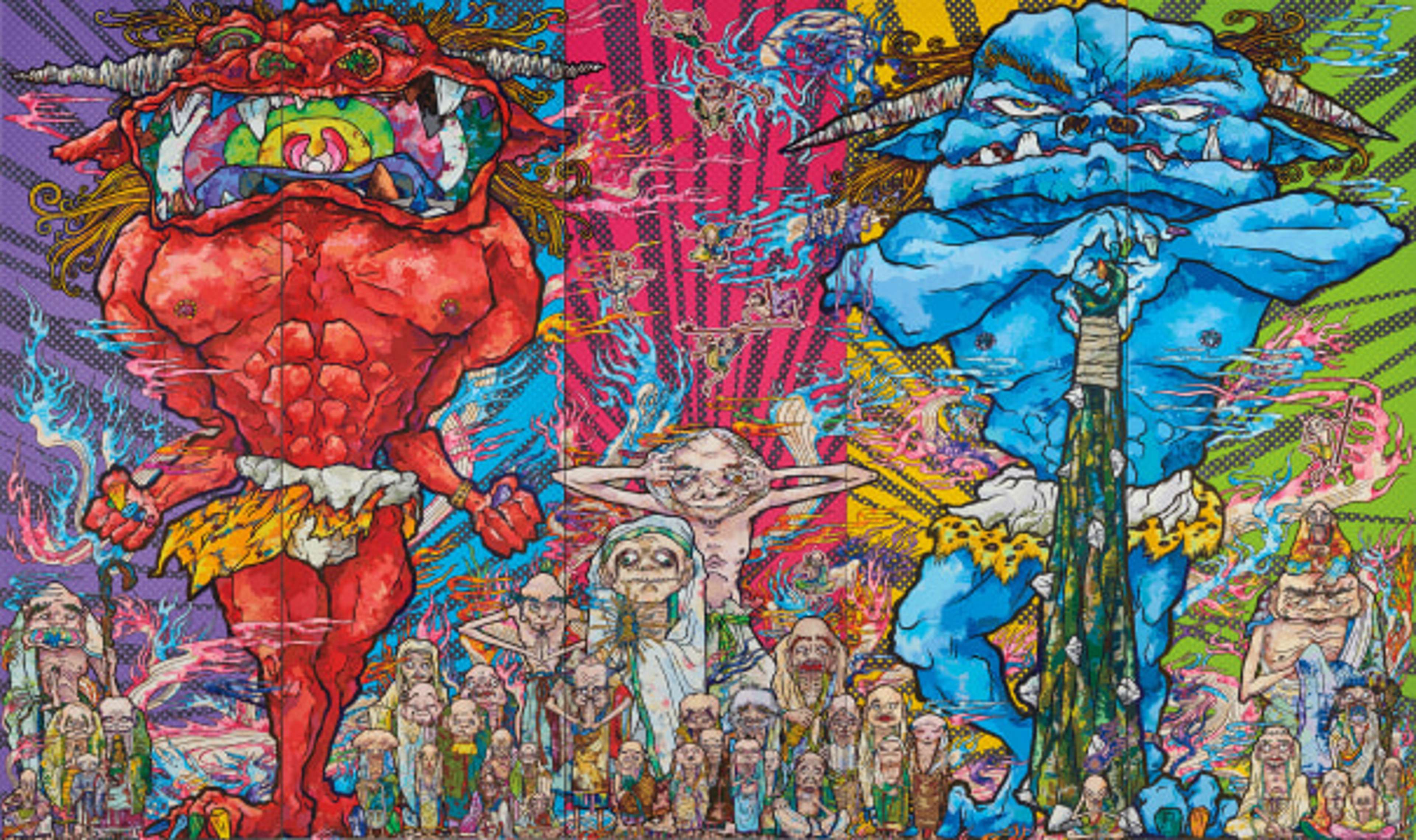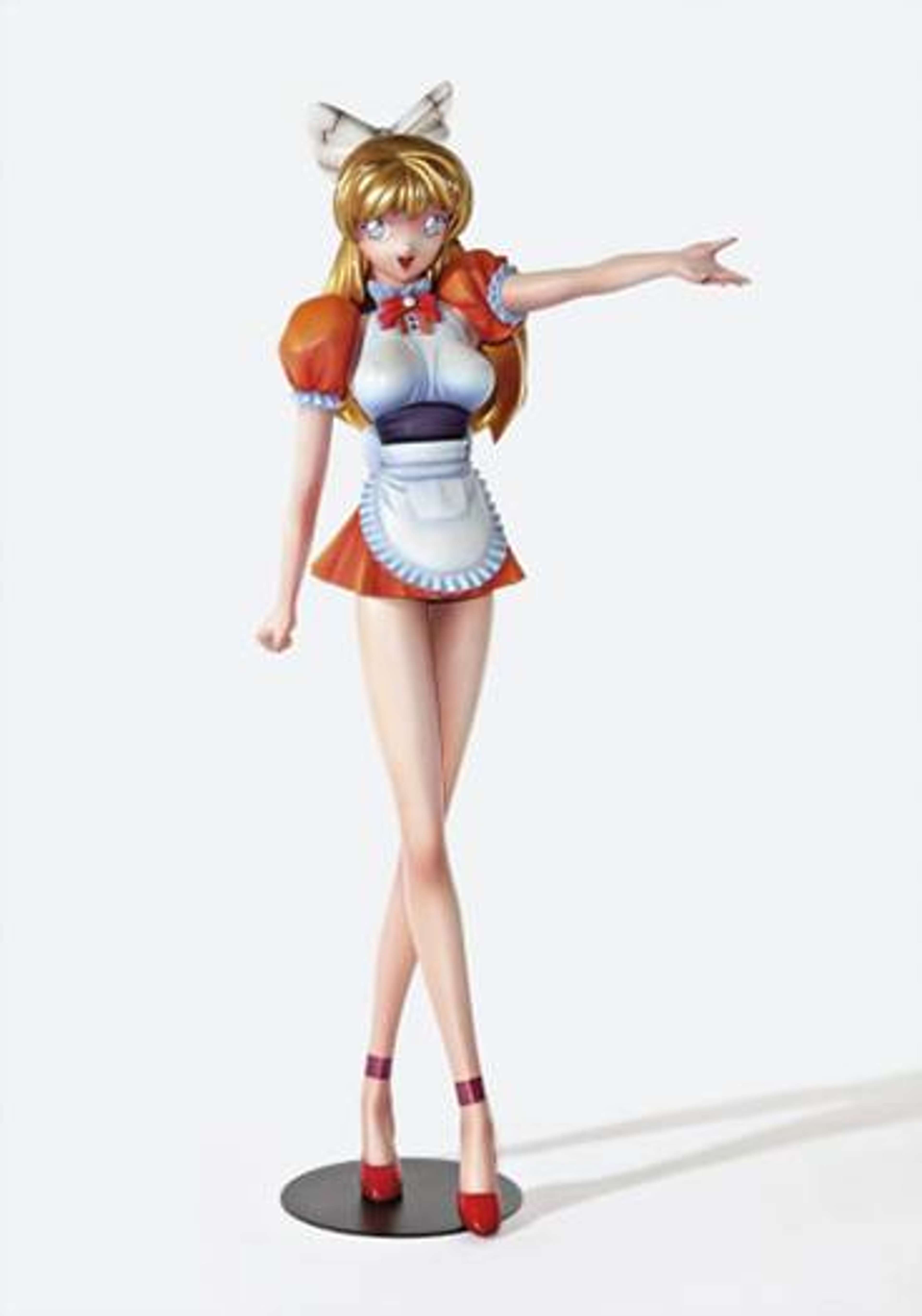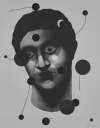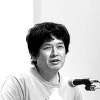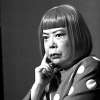Takashi
Murakami
Takashi Murakami, an icon of international contemporary art, is known for his loveable characters including Mr. DOB and his bright, kitschy Flowers. If you’re looking for original Takashi Murakami prints and editions for sale or would like to sell, request a complimentary valuation and browse our network’s most in-demand works.
Takashi Murakami art for sale
Discover Takashi Murakami prints for sale, exclusively available through our private network of collectors. Explore signed and unsigned screenprints, lithographs, digital prints, and rare editioned proof prints by era-defining blue chip artists.
Sell Your Art
with Us
with Us
Join Our Network of Collectors. Buy, Sell and Track Demand
Biography
Dubbed the ‘Andy Warhol of Japan’, Neo-Pop Art luminary Takashi Murakami draws from traditional Japanese painting to create his unique, kitschy characters and works. Working in traditional media, like painting and sculpture, as well as commercial media, including fashion and animation, Murakami has a history of blurring the lines between high and commercial art, East and West, past and present.
Murakami's biography follows in the footsteps of a traditional Japanese upbringing and shaped the distinctively Japanese nature of his art. Interested since a young age in becoming an animator, Murakami brought his passions into his art. Manga, anime, international animated film and otaku culture became central to his work and led him to develop his 'superflat' aesthetic. Emblematic of Murakami's work, the term superflat was coined by Murakami to refer to the flattened quality of Japanese visual culture which his works embrace, as well as to describe his attempt to blur the boundaries between popular art and high art.
Murakami's Characters and Collaborations
Since his beginnings in Japan, Murakami’s cute characters have taken over the global art market. His trademark characters are undoubtedly his Mr. DOB and his smiling flowers. Created within the context and aesthetic of glaring, colourful consumerism, Mr. DOB is Murakami’s alter ego as well as an iconic example of a Takashi Murakami artwork at play. Over the years, Mr. DOB has taken many forms but is mostly recognised as a cute ‘kawaii’ character. Together with Mr. DOB, Murakami’s predilection for cartoons is evident in his appropriation of the flower motif. Recast as emoji-like characters with smiling faces, Murakami’s Flowers made their first appearance in 1995, and have since populated the colourful universe of the artist.
Known for his celebration of the commercial nature of his art, Murakami has also not been a stranger to the market, where his works fetch sky-rocketing prices. For instance, in 2018 his six foot Dragon in Clouds - Red Mutation, executed as part of a challenge by his professor, Nobuo Tsuji, fetched over ¥55.8 million (£6.4 million) at Council auction house in Shanghai.
The success of Murakami’s work has led to many international exhibitions and high-profile partnerships. Not only has he caught the attention of collectors like Kanye West, but Murakami’s success led to collaborations with Pharrell Williams, Virgil Abloh, and Louis Vuitton. While nearly everything about Murakami’s artwork feeds into the world of celebrity and branding, it also appeals in a more critical and traditional sense, with works displayed at Perrotin and Gagosian, and Versailles.


